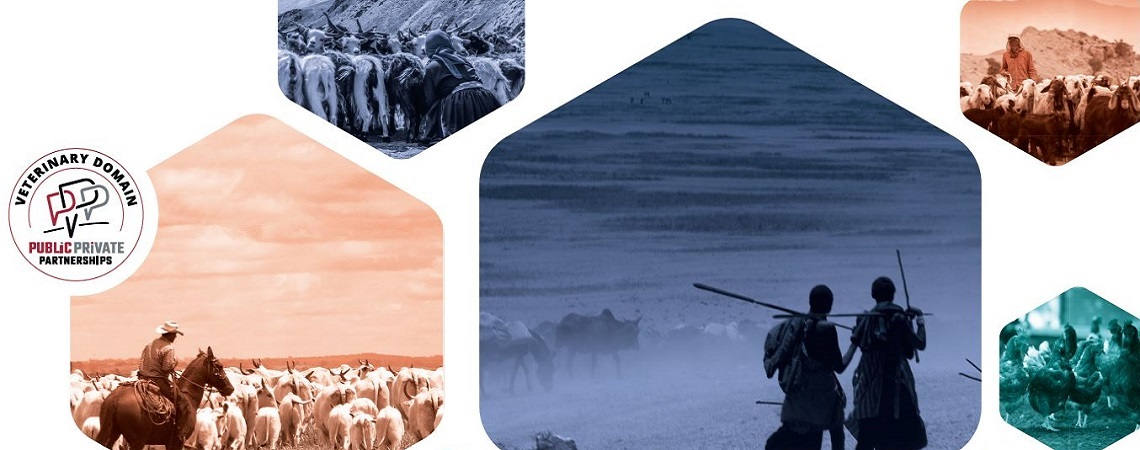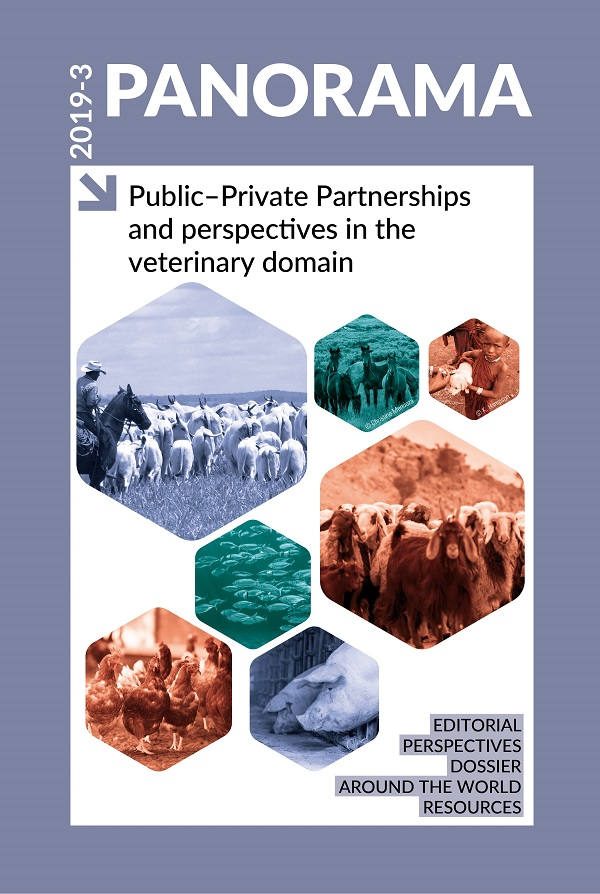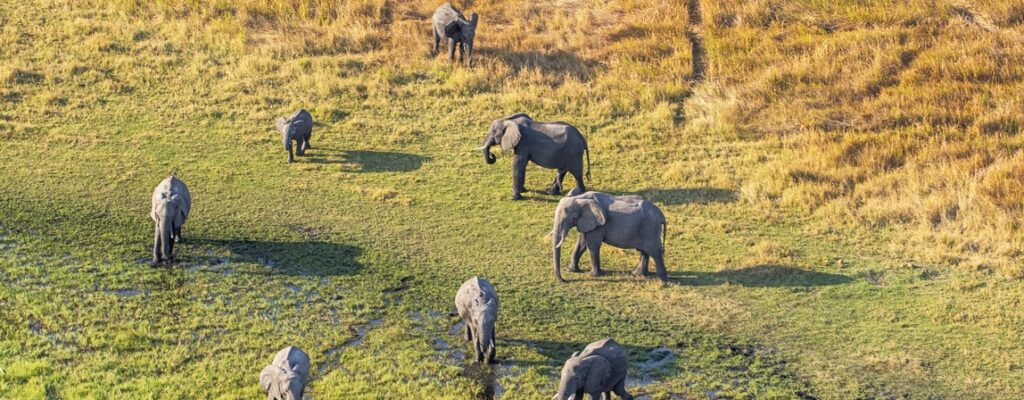Perspectives Posted on 2020-01-09 09:34:16
Public–private partnerships: essential for strengthening Veterinary Services worldwide
Keywords
Authors
Mark Schipp, Delegate of Australia to the World Organisation for Animal Health (OIE) and President of the World Assembly of OIE Delegates.
Since the 1980s, there has been a heightened understanding that PPPs can help to deliver important animal and public health outcomes. For example, a PPP between vaccine manufacturers, the OIE, and the Food and Agriculture Organization of the United Nations (FAO) was pivotal to the successful eradication of rinderpest in 2011.
The lessons learned from this PPP are now being applied to similar eradication campaigns for peste des petits ruminants and dog-mediated rabies. If successful, these campaigns will deliver important food security and public health outcomes, and contribute to meaningful, sustainable development in affected countries.
The OIE PPP Handbook has been developed to provide guidelines for the administration of PPPs in the animal sector. It describes different types of PPPs, how they can be put into operation and the advantages and disadvantages of each. This Handbook can be used in conjunction with the OIE PVS Tool, which allows Veterinary Authorities to explore the need for a PPP by identifying areas for development within a country’s Veterinary Services.
When implemented successfully, a PPP can improve a country’s Veterinary Services and lead to important economic gains in the agricultural sector. One example in Australia was the establishment of the Animal Health Australia organisation over 20 years ago, a PPP that helps to minimise the risk and potential impacts of an emergency animal disease (EAD) incursion by promoting collaboration and collective efforts in building national EAD preparedness and response capacity.
For these reasons, I advocate strong partnerships between the public and private sectors and look forward to hearing about the benefits of new and existing global PPPs, as we strive to improve international animal health outcomes.
http://dx.doi.org/10.20506/bull.2019.3.3038

References
- World Organisation for Animal Health (OIE) (2019). – The OIE PPP handbook: guidelines for public–private partnerships in the veterinary domain.
- World Organisation for Animal Health (OIE). – OIE PVS Pathway.












